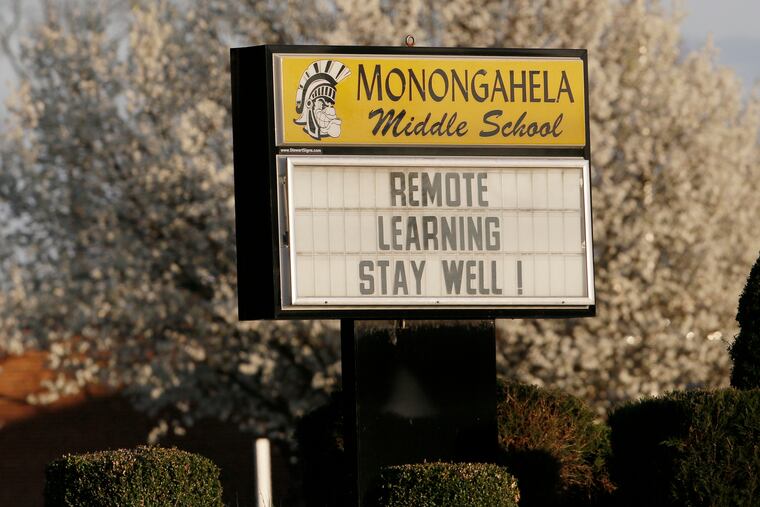Is remote learning working? A teacher’s perspective on how to measure success. | Opinion
Questions to guide families and educators through the uncharted territory of remote learning during the coronavirus.

The highlight of my quarantine happened Saturday, several weeks into “online school.” It was an email from one of my students who, in typical times, is a go-getter. She uses inquiry and research artfully — not just for a fifth grader, but for a human.
She wrote: “I know I’ve been missing work and I know you noticed too. I am deeply sorry for not doing work. Right now I do not have access to my chromebook. I will have access to it by Sunday or Monday to do my missing work. I take school very seriously and I love school so much. Missing you.”
I was moved to tears by her words — not just out of relief that she was OK, but for her clear sense of worry. Bad enough to have to move (which she told me she had to do the previous weekend), or not have access to your technology, but to fear that these real and human conditions would count against her and hurt her grade, along with her reputation — that was just too much to bear.
“Falling behind” seems to be a pervasive fear for kids and their families. But in a world where everything is different, it seems natural to focus first on survival, and then reflect on the things we thought mattered so much. This student’s email, for me, articulated the fears of so many and illuminated the ways educators and parents can alleviate those fears.
Rather than fixating on what we don’t have access to, schools and families should evaluate what we can do. Building a school community remotely is hard. The physical space, routine, and other elements that unite us aren’t available. Schools are trying to work around this in different ways: spirit weeks, daily advisory meetings, phone calls, digital office hours, text messages, video messages offering hope and “we miss you,” and increased social media efforts.
How do we know if it’s all working? Families and schools must evaluate these approaches often. As we navigate the rest of the school year, here are questions, based on my experience as an educator, we can use to guide us:
How is your school connecting with kids? What modes of communication is the school using, with what frequency? If students feel a sense of connection, they are more likely to engage. Hopefully, a variety of adults from the school are involved. I work on a team with other teachers, and we reach out to kids at different moments around different issues, but with the same central goal: to remind the kids they are seen.
When kids do something, teachers should offer timely and appropriate feedback.
What are your kids being asked to do with their time? What works in a physical classroom cannot always work in a virtual one. Are kids simply practicing skills, or are they being asked to apply them? This past week, I assigned a mini math project for my fifth and sixth graders. It required them to measure and calculate the area of their room and redesign a part of their room within a budget. I was blown away by the depth and diversity of results. Kids made extensive floor plans, measured their spaces using their fathers’ shoes, found the best deals on lava lamps, and explored more comfortable desks and seating for learning. While this was not the most “rigorous” project I might have assigned, it yielded exactly what we want from kids: innovation, application of skills, creativity, and engagement with learning.
How can we honor students’ lives beyond their schoolwork in respectful ways? Are they caring for siblings? Did they have lunch that day? Are they concerned for their families because a parent is at work? In virtual school, these elements are even harder to know about. Teachers must balance understanding with encouragement. Effort matters, and we must look for effort everywhere.
Are your kids receiving feedback? I don’t want to give my students empty assurances that whatever they turn in is “amazing.” That said, when kids do something, teachers should offer timely and appropriate feedback. Students need to know their work is being looked at — otherwise, there’s no incentive to keep doing it. But they also need to know if they are doing it correctly. Students need to know if they are dividing correctly, or translating Spanish in a way that makes sense.
As a mom, I feel for families who have to do it all. While my children are now both adults, there were times for each of them when school did not meet all their needs, and we filled in the gaps at home. This is the situation for families across the world right now. Schools can support them by providing care of their kids, first and foremost, but by also providing meaningful work that respects the uniqueness and creativity of students everywhere.
Nancy Ironside is a teacher at Science Leadership Academy Middle School.